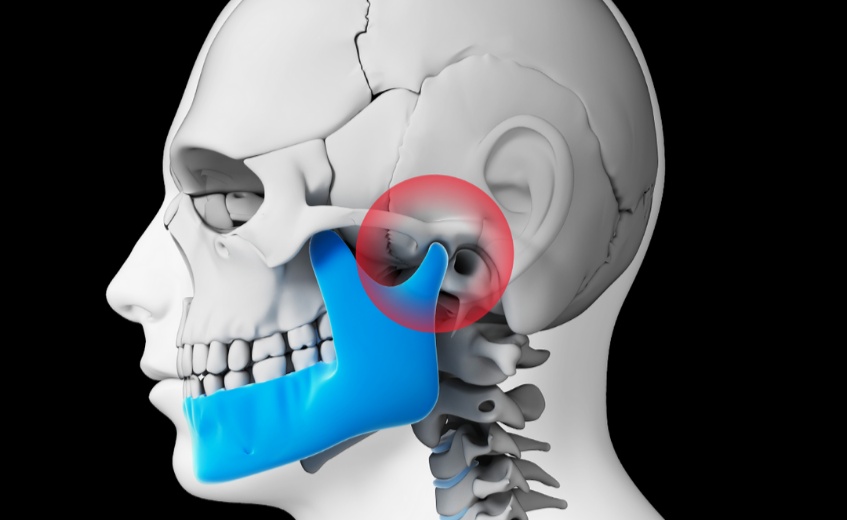
TMJ Disorder
The Temporomandibular Joint is one of the most complex joints in our body.
We use it every day when talking, eating, expressing emotions, we make it work intensively. In addition, when eating each meal, it is loaded in different ways.
TMJ dysfunction affects each patient differently, so not everyone experiences the same symptoms.
Many patients notice noises during movement in the temporomandibular joints, which may be popping, crackling or cracking noises. In addition, they notice jumping in the joints, periodically appearing inability to open the mouth wide, or locking the jaw after wide opening.
Accompanying pain ailments have different forms. These may be pains in the ear area, often confused with earache or toothache. Patients may also experience radiating headaches resembling migraines or tension headaches. The masticatory muscles examined intraorally by physiotherapists and extraorally palpable in the area of the angle of the mandible at the back of the cheek are painful to palpation, i.e. during pressure, and sometimes they also hurt on their own. In addition, there may be pain during extreme movements during wide opening of the mouth, yawning, singing, etc.
There can be many causes for disorders in the temporomandibular joint.
In young people, the most common causes are stress causing habitual teeth grinding, bad habits and malocclusion. Bad habits include chewing gum too often. Malocclusion, on the other hand, results in incorrect loads on the masticatory muscles, causing their increased tension and disorders in the temporomandibular joints.
In the elderly, one of the most common causes is unfilled interdental gaps. The lack of one tooth, trivial for the patient, significantly changes the settings and loads of the teeth in the bite. As a result, the daily functioning of the joints changes, and from this it is a very short way to the occurrence of disorders.
ATP Physio Clinic offers comprehensive therapy for TMJ disorder, followed by detailed assessment our Physiotherapist use professional methods to relief a pain. The treatments tool can be ultrasound therapy, joint manipulation and mobilisation, soft tissue release technique.
In some cases when the background of pain is Temporomandibular Joint Osteoarthritis, we offer PRP injections. Platelet-rich plasma injection can significantly improve pain, mouth opening, abnormal joint sound, and mandibular function in patients with TMJ OA and has good repair effect on condylar bone defects.
Initial Physiotherapy Treatment
